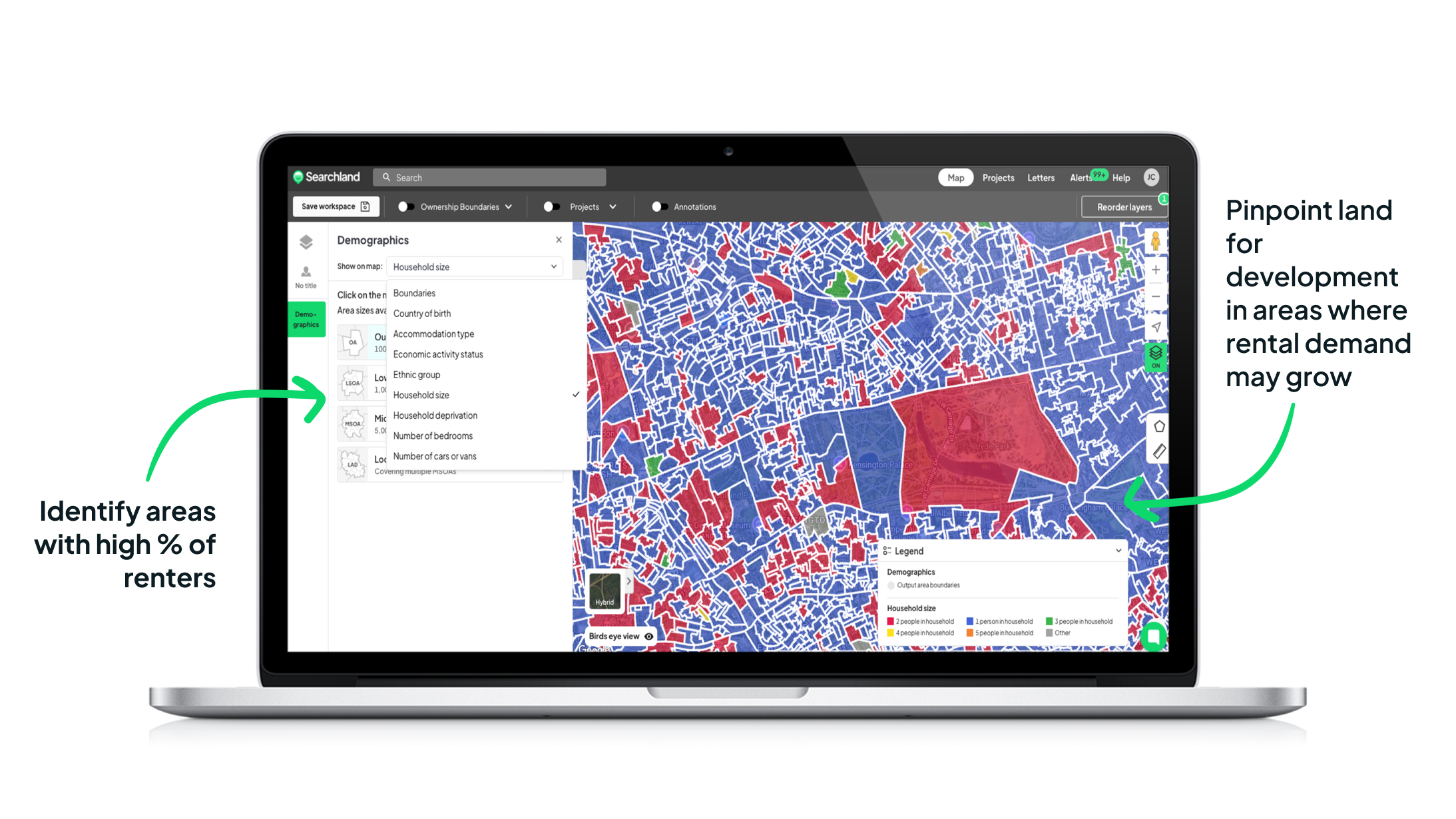The Renters Reform Bill presents the biggest shake-up England’s private rented sector has seen in decades. Expected to pass in 2025, Build to Rent (BTR) and Private Rented Sector (PRS) developers will need to rethink everything from unit design and management strategies to how they navigate the planning process.
Pitched to the public as a way to increase security and quality for tenants, the bill has serious implications for the business models underpinning modern rental schemes. Developers who adapt early can expect to avoid costly delays from appeals whilst meeting the surging demand for stable, long-term tenancies.
What’s actually in the renters reform bill?
The bill aims to shift the balance of power in the private rented sector away from landlords and towards tenants:
- Abolition of Section 21 “no-fault” evictions
- Toughening of Section 8—landlords must provide solid evidence to justify evictions
- All tenancies to become periodic, with no fixed terms; tenants can end the agreement with two months' notice
- New Private Renters’ Ombudsman to resolve disputes
- New mandatory property portal for landlord registration and compliance
- Bans on blanket “no pets” and “no benefits” policies
Based on these reforms, landlords need to prepare for tenants having greater legal security and potentially, longer tenancies. Now let’s look at how the bill will impact turnover, tenant mix, and design standards.
Design implications for BTR and PRS developments
Build to Rent was already trending towards higher-quality, tenant-friendly design, but the Renters Reform Bill will raise the bar even higher.
Developers should plan for:
- Potentially longer-than-average tenancies due to tenants getting extra security. Spaces need to feel more like long-term homes.
- Pet-friendly design should be considered, as landlords can no longer place outright bans on pets. This means durable flooring and dedicated outdoor spaces where practical.
- Flexible layouts that work for singles, sharers, and families. Landlords can no longer discriminate based on benefits or family status.
- High-quality communal amenities that justify premium rents and encourage tenant retention.
- Operational efficiency to meet higher expectations from tenants without eroding yields.
BTR developers can no longer design for high tenant churn. The BTR developments of the future are stable, premium-feeling, highly managed rental products.

How will the renters reform bill impact planning appeals and timelines?
We expect planning authorities to quickly adapt to the goals of the Renters Reform Bill. This will mean scrutinising how well new PRS and BTR developments contribute towards delivering long-term, stable homes.
Possible planning implications:
- Increased scrutiny of affordable provision and tenure mix in future Local Plans
- Planning conditions enforcing management standards (e.g. minimum amenity space, pet policies, maintenance commitments)
- Rejection and appeal risk for proposals that fail to align with housing needs or quality standards
- Potential for policies preferring well-managed, institutionally backed BTR over fragmented PRS development
Developers who lean into design, tenure strategy, and management plans from day one will have an easier route through the planning process and fewer appeals or redesigns.
We wouldn’t be surprised to see local authorities favouring institutional-scale BTR over PRS developments.
The development opportunity hidden in the renters reform bill
Many private landlords and developers view the bill as a regulatory nightmare and a blow to the sector. However, the shift to more secure tenancies also presents some unique opportunities:
- Predictable income over short-term turnover is preferred by institutional developers
- Local authorities will want schemes that reduce housing instability and align with policy goals
- Opportunities to gain reputational advantages through ESG for providing high-quality, stable rental homes
- BTR developments that feel more like privately owned homes will stand out in a crowded market, especially in popular areas
Tenancy stability isn’t just a compliance issue; it represents long-term asset value and can be used to build funding strategies.
What should developers do to prepare for the renters reform bill?
With the Renters Reform Bill likely to pass in 2025 (possibly as early as late July), the best time to prepare is now. BTR and PRS developers should consider the following:
- Review pipeline designs to facilitate longer stays and pet-friendliness
- Consider stricter management requirements early in development viability modelling
- Engage with planners at the pre-application stage to align on tenure mix and design expectations
- Monitor parliamentary progress and debate around the bill to anticipate the final outcome
- Use market and planning data to prove demand and support design choices
Having the most up-to-date planning data and site assessment tools has always been a competitive advantage, and the Renters Reform Bill now makes it essential.
How Searchland can help you turn the renters reform bill into an opportunity
Searchland helps developers source and assess sites quickly, with dozens of filters that let you zero in on the developments that perfectly match your ideal criteria.
With local plan data, constraints mapping, planning histories, and demographic data all under one roof, you can ensure your proposals meet evolving requirements.
If you’d like to see how Searchland can help you quickly source and assess BTR and PRS development sites, click here to book a demo with our team.







